
Remember when you got the Rubik’s Cube for christmas?
Did you stay up every school night in your room, twisting the cube around for the matching rows? What games did you play? Were you an arcade dude? Spending hours, or even your entire weekend throwing down quarters at the local arcade?
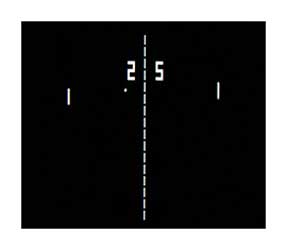
Pong
Pong was the first game developed by Atari Inc., incorporated in June 1972 by Nolan Bushnell and Ted Dabney. Pong is a two-dimensional sports game that simulates table tennis. By 1975 it reached it’s peak of popularity, when a home pong hand game reached the US markets. To this day, many consider Pong to be the number one trend setter for the video game revolution as we know it.
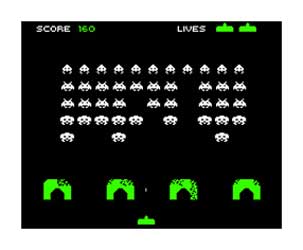
Space Invaders
Space Invaders was created in 1978 by Tomohiro Nishikado, and then manufactured and sold by the company Taito in Japan, which later licensed in the US. The game’s various inspirations include an adaptation of the mechanical game Space Monsters in 1972, H.G.Wells ‘War of the Worlds’ and a dream about Japanese school children who are waiting for Santa Claus and are attacked by invading aliens. But mostly they come from Atari’s arcade game ‘Breakout’, and a bit from the spaced theme movie Star Wars . The game was originally titled Space Monsters, inspired by a popular song in Japan at the time (“Monster”). As one of the earliest shooting games, it set precedents and helped pave the way for future titles and for the shooting genre. It popularized a more interactive style of gameplay with the enemies responding to the player’s movement, and was the first video game to popularize the concept of achieving a high score and saving the player’s score. It was also the first game where players were given multiple lives. And a unique feature was continuous background soundtrack.
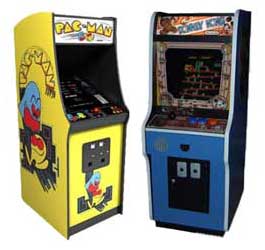
PacMan and Donkey Kong
Pac Man, the Classic coin-operated Arcades began in the late 1970’s and remained popular into the late 1980’s as a haven for kids play. By the 1990s, there was a decline in popularity in the Western world as home video game console technology emerged. Some of the longstanding chains such as Chuck E. Chees’s, known as “fun centers” or “family fun centers”, maintain these arcade themes. Many old video game arcades have long since closed. Despite this, arcades remain popular in Asia through to the present day.
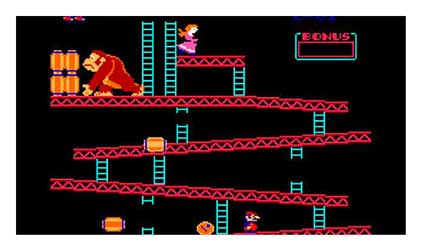
Donkey Kong
Donkey Kong was Nintendo’s flagship character, pre-dating the well-known Super Mario Bros by four years The Donkey Kong character is highly recognizable and very popular; the franchise has sold over 40 million units worldwide. 1983 the game was launched with huge success in for the family computer.
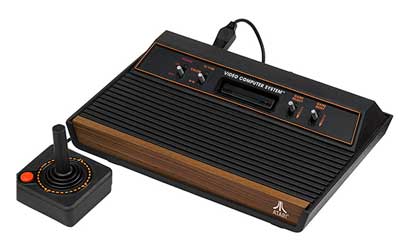
Atari
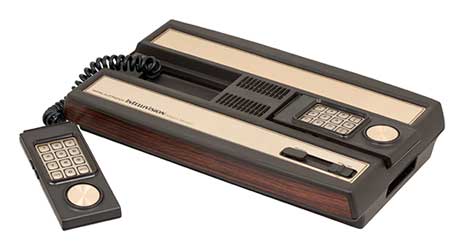
Intellivision
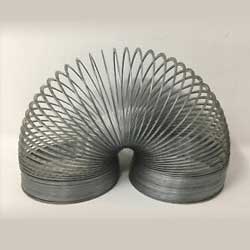
Slinky
The Rubik’s Cube, originally called the “Magic Cube”, is a 3-D puzzle invented in 1974 by Hungarian sculptor and professor Erno Rubik. It gained popularity in the mid 1980’s. There are six faces, each consisting of nine unique miniature cubes with six solid colors ( white, red, blue, orange, green, and yellow). A pivot mechanism enables each face to turn independently, thus mixing up the colours. For the puzzle to be solved, each face must be returned to consisting of one colour. The World Cube Association, has organised competitions and kept the official world records since 2003. As of January 2009, 350 million cubes had been sold worldwide making it the world’s top-selling puzzle game and widely considered to be the world’s best-selling toy.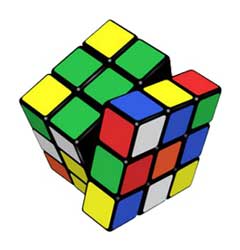

Cabbage Patch Kids
Cabbage Patch Dolls is a line of dolls created by American art student Xavier Roberts in 1978. It was originally called “Little People”. The pudgy-faced doll brand went on to become one of the most popular toys of the 1980s and one of the longest-running doll franchises in America.

Hacky Sack
Hacky Sack came from the 1972 inventors of the ‘Footbag’, John Stalberger and Mike Marshall. Although Marshall suffered a fatal heart attack in 1975, Stalberger continued the business. At a later date, Stalberger sold the title to the company Wham-O. The name Hacky Sack has become a genericized trademark, and can refer to either the footbag or a footbag game. The classic hacky sack circle consists of two or more players that keep the footbag off the ground without using their hands. Some common tricks include stalls, bag daggers, lifts, loops, ham spalts, and milk tosses. The game reached it’s peak of popularity in the early and mid 1980’s.–
